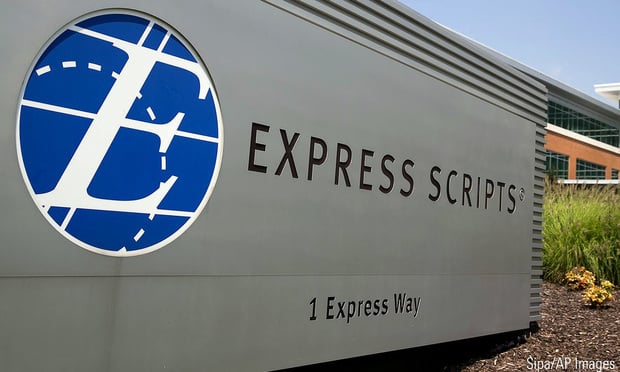Medicaid patients have received higher rebates for their prescription drugs than patients enrolled in the Medicare Part D program, according to an August report by the Dept. of Health and Human Services Office of Inspector General.
Medicaid, which uses a statutory inflation-based formula to set discounts, collected $2.9 billion in rebates from drug manufacturers for every $6.4 billion in expenditures in 2009, the report found. Part D, which relies on rebates negotiated with drug companies, collected only $4.5 billion in rebates for every $24 billion worth of spending. Medicaid drug costs were $26 billion in 2009.
Unlike the Medicaid program, the Part D plans operated by private contractors negotiate rates with drug manufacturers without any federal statutory requirements on rebate amounts, CMS Principal Deputy Administrator Marilyn Tavenner said in a memo responding to the report. The government is prohibited by statute from instituting a price structure for drug payments under Part D.
Recommended For You
House and Senate Democrats have introduced legislation that would create incentives for drug manufacturers to provide larger rebates for seniors in Part D plans. Drug companies that give larger rebates to low-income seniors would receive a proportional reduction in the rebates they are required to pay the government.
Conservatives have criticized the plan. The Democratic bill would increase Medicare drug plan premiums, said Grace-Marie Turner, president of the Galen Institute, a Washington think tank devoted to free-market health solutions. Costs would shift to the 17 million seniors who don't qualify for the rebates, she added.
But the legislation would save taxpayers an estimated $112 billion during the next 10 years, Sen. Jay Rockefeller (D, W.Va.) said July 21 during a Senate Committee on Aging hearing on drug costs. "All this legislation does is say that drug manufacturers have to give the same discounts to Part D that they give to Medicaid for low-income populations."
In the report, the OIG also reviewed payments for 100 brand-name drugs covered by Part D and Medicaid. Costs for 70 of the drugs differed by less than 2 percent. However, costs for more than half of the generic drugs under review differed by more than 15 percent between the programs.
In 2005, the Medicaid program paid more than $43 billion for prescription drugs, the OIG report said. That figure was cut in half in 2006, when costs shifted to Medicare Part D for those patients eligible for both programs. Medicaid drug costs were $26 billion in 2009. The Medicaid program has recouped 29 percent to 38 percent of its prescription drug costs through rebates between 2006 and 2009.
Part D costs totaled $60.5 billion in 2009. Trustees for the Medicare program expect those costs to increase to nearly $100 billion in 2015 and more than $150 billion in 2020.
© 2025 ALM Global, LLC, All Rights Reserved. Request academic re-use from www.copyright.com. All other uses, submit a request to [email protected]. For more information visit Asset & Logo Licensing.







